Articles Menu
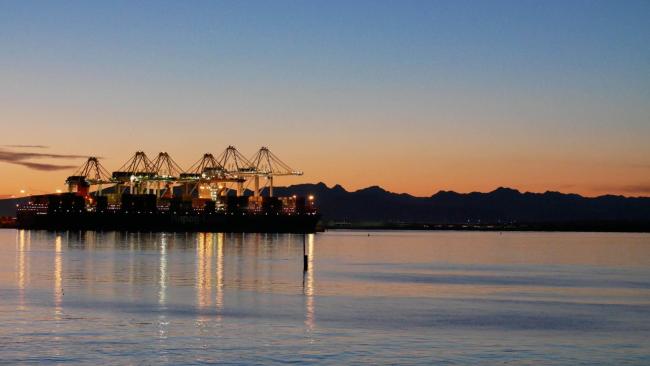
Apr. 20, 2023
The federal government has approved the Port of Vancouver’s proposal to build a second container ship terminal at the mouth of the Fraser River. Roberts Bank Terminal 2 will double the port’s current footprint, destroying 177 hectares of an estuary where more than 100 species are already at risk of local extinction. It’s a devastating blow to Canada’s mightiest salmon river and the vast coastal ecosystem it nourishes.
Happy Earth Week.
The Roberts Bank decision was the first major test of the federal Liberals’ promise to protect 30 per cent of Canada’s lands and waters by 2030. “Nature is under threat; in fact it’s under attack,” Prime Minister Justin Trudeau said in December at the United Nations’ landmark biodiversity conference in Montreal. There, Canada helped persuade almost 200 nations to sign the 30 by 30 pledge.
But you couldn’t paint a clearer picture of that assault than the port expansion that was just approved.
Minister of Environment and Climate Change Canada Steven Guilbeault, whose office issued this approval, undoubtedly knows this. The federally appointed review panel whose findings supposedly guided his decision spelled out the project’s ecological price tag in no uncertain terms. The panel’s 2020 report chronicled “significant adverse and cumulative effects” on killer whales, the salmon on which they rely, western sandpipers, barn owls, Dungeness crabs and too many more creatures to list (the term “adverse effect” appeared 278 times in the report).
“ ‘Significant adverse effects’ is code for ‘this is an endangered population, and if you don’t dramatically reverse the threats this population is under, it is going extinct,’ ” Misty MacDuffee, a conservation biologist with Raincoast Conservation Foundation, said in an interview.
But Guilbeault says they’ve got legally binding conditions that will protect the environment, wildlife and Indigenous Peoples’ ability to use the land.
“With 370 environmental protection measures that the port must meet, we have set a high bar for this project to proceed. For the first time ever, we are asking a proponent to put up $150 million to guarantee the strict environmental conditions are met and habitats are protected,” reads Guilbeault’s quote in a press release announcing the project approval.
The conditions include monitoring noise levels to remain at or below a certain baseline level to protect Southern Resident killer whales and infrastructure to allow fish to pass safely.
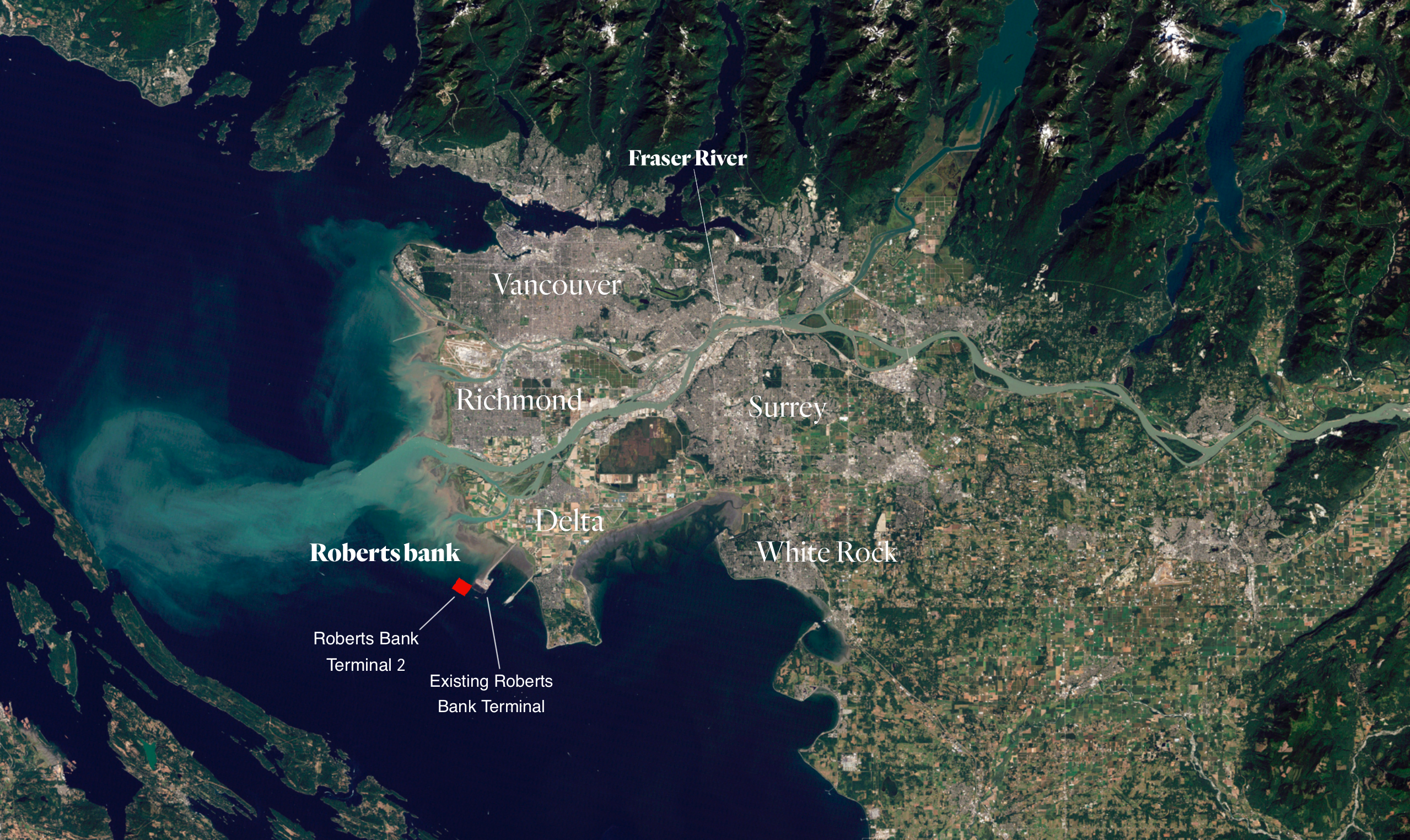
The Port of Vancouver declined my interview request for this story.
“We are confident that the project can be delivered in an environmentally responsible way,” a spokesperson wrote via email. “We have completed more than 100 technical studies and reports, which represents the contributions by hundreds of scientists, biologists and engineers and over 59,000 hours of fieldwork.”
The Port of Vancouver believes it can mitigate adverse effects by building 86 hectares of mud flats, eelgrass beds, gravel banks and rock reefs to replace the ones Terminal 2 will destroy (the term “offset” appears 261 times in the review panel’s report). “This is nearly three times the amount initially proposed in our environmental impact statement,” the Port said in a press release, failing to mention that 86 hectares is still less than half the area now slated for destruction.
Even hectare for hectare, habitat offsetting is a notoriously unreliable method of ecological atonement. In this case, a core problem is that none of the offsets will be located in the delta itself, but rather upstream. What little remains of the Fraser’s critical shoreline habitat is simply irreplaceable. “It doesn’t matter whether you can improve habitat quality further up the river,” MacDuffee said. “All those fish have to get through the estuary. It’s still a bottleneck.”
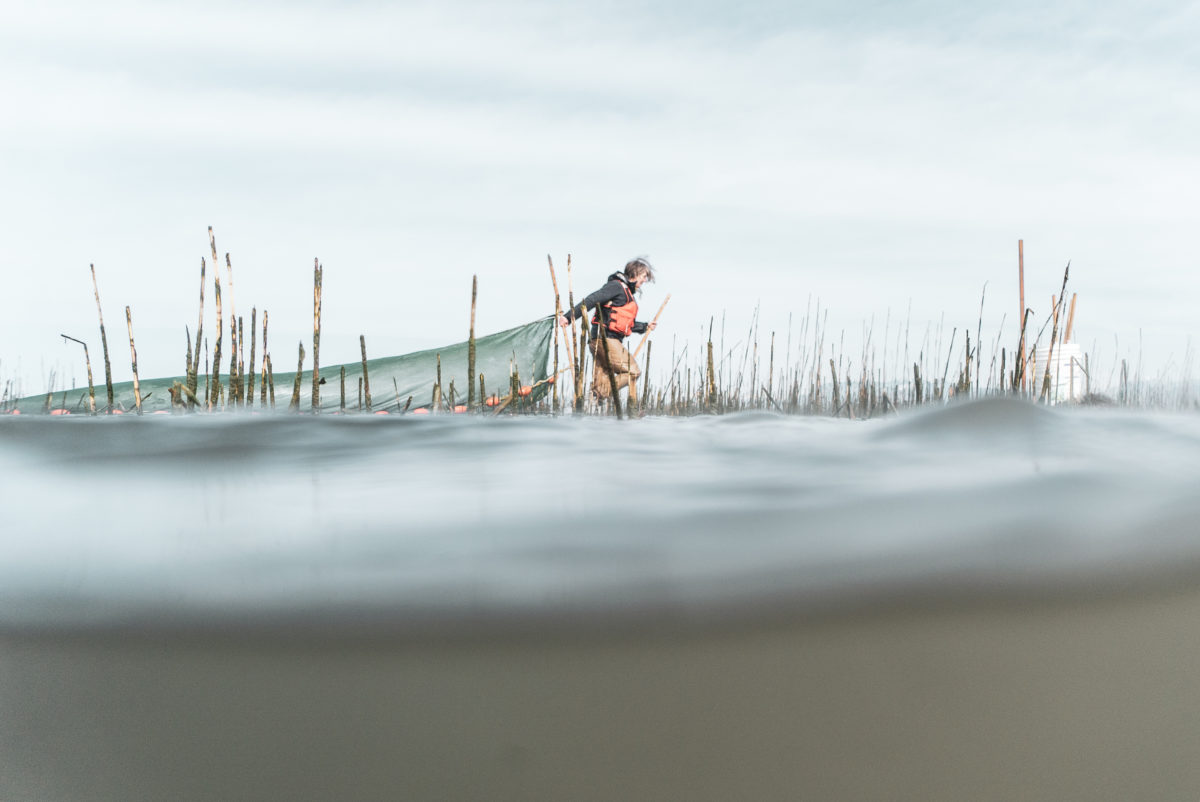
Damning as it was, the review panel’s report still failed to capture the full magnitude of what’s at stake. That’s partly by design: federal impact assessments are forbidden from considering anything beyond the specific project in question, meaning the collective impact of other industrial proposals approved or proposed for the Salish Sea (like the coming seven-fold increase in tanker traffic resulting from the Trans Mountain pipeline expansion) are ignored. The review panel also used current conditions as a baseline, ignoring the fact that 85 per cent of the lower Fraser has already been obliterated by human infrastructure.
In this death by a thousand cuts, review panels treat each slice like it’s the only one.
The Fraser is now the southernmost bastion for wild salmon on the west coast of North America. Even on its knees, with runs of all five species decimated, it remains a vital regional force. “The Fraser is one of the biggest and most important estuaries on the whole West Coast of North America,” MacDuffee said. “That estuary forms these linkages with other birds and other mammals that extend across thousands of kilometers of the North Pacific ecosystem.”
It isn’t too late to rehabilitate this river mouth. A recent study, led by University of British Columbia conservation scientist Tara Martin, concluded that investing just $15 million per year in habitat restoration, transport regulation and other strategies would be enough to halt the cycle of destruction and give the estuary’s 102 species at risk a long term chance of survival.
Expanding the port is a massive step in the other direction. As a February 2022 letter to Guilbeault from 28 scientists who study these waters concluded: “If the recovery of Canada’s endangered and iconic wildlife is a priority for the government of Canada, as stated, then it must reject the proposed Terminal 2 project.”
But the federal government insists the project is needed, calling the port expansion “key to supporting Canada’s economic growth over the coming years.”
“Without this port expansion, $3 billion in added GDP would be jeopardized by capacity shortages. The project is also expected to create hundreds of jobs during construction, and several hundred more both onsite and off-site during operations,” according to the release.
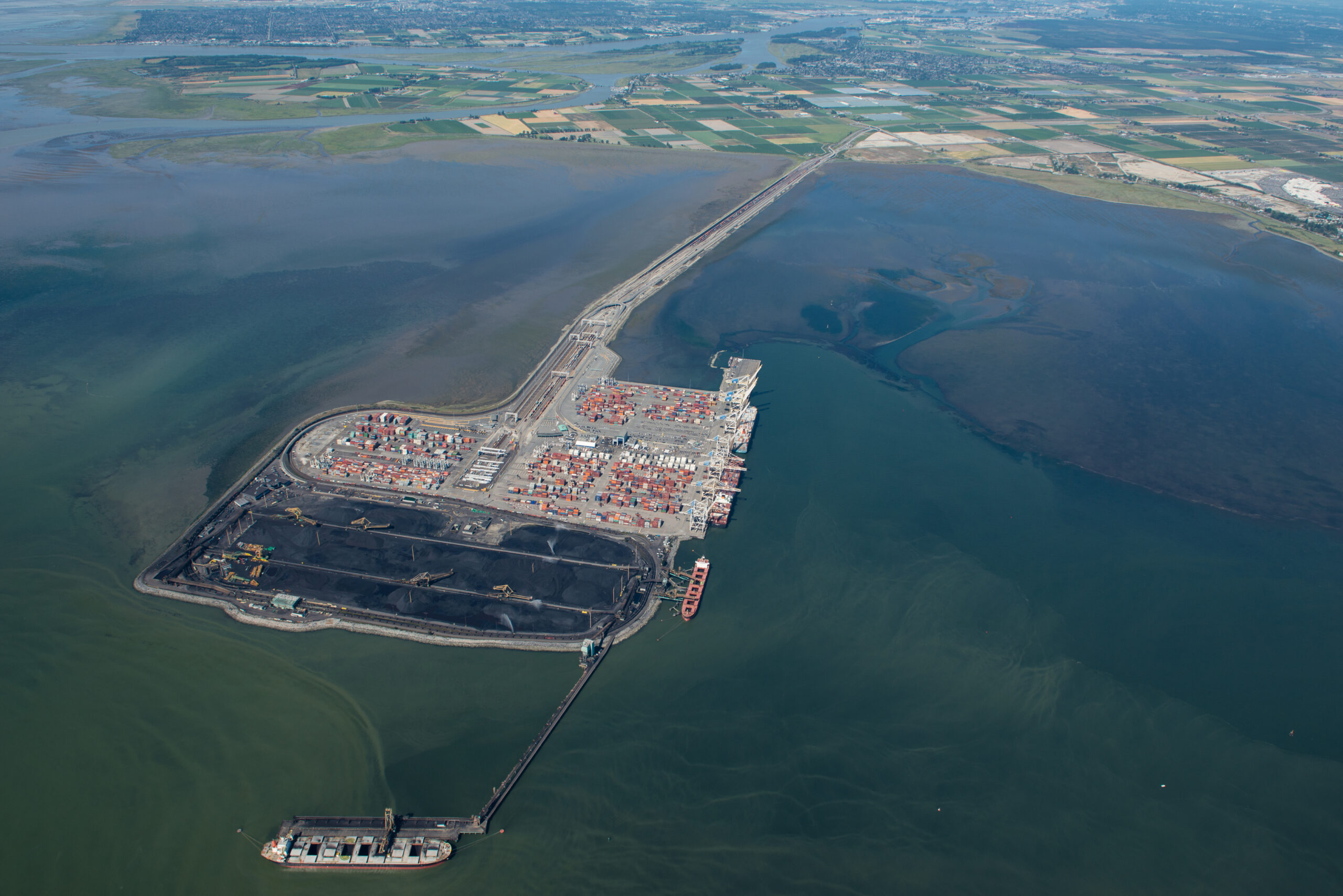
At times like this, it’s almost impossible not to feel cynical about the abyss between Ottawa’s rhetoric and policy. ‘Hypocrisy’ doesn’t seem to come close. But there may be a better way to interpret the decision: as proof, not of brazen insincerity, but of conflicting imperatives.
After all, biodiversity isn’t the only thing Trudeau has promised to protect. He has also sworn to preserve economic growth.
Trudeau has argued these priorities are compatible for as long as he’s been in office. “A strong economy and healthy environment go hand in hand,” he said at the United Nations’ Paris climate conference in 2015, one month after his election. He’s been rebranding our relentless increase in consumption as “clean growth” in speeches and budgets ever since.
Nowhere do those two priorities collide more spectacularly than at the mouth of the Fraser. For just as the estuary pumps life into the coast, the Port of Vancouver — Canada’s largest port and our primary gateway to Asian markets —serves as a mainline for the Canadian economy.
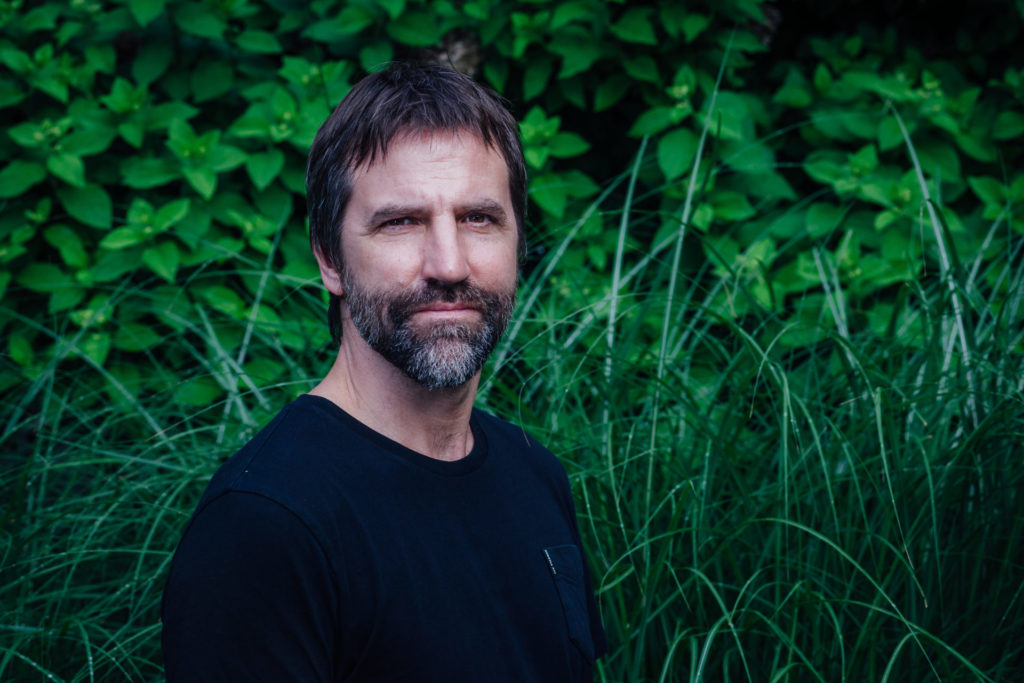
More than 140 million tons of cargo, worth $240 billion, flow through here each year. The problem is, that’s about as much as it can handle. In 2021, a new survey by the World Bank and S&P Market Intelligence found Vancouver ranked 368th out of 370 ports globally in terms of efficiency; ships spend more time waiting to unload and reload their goods here than almost anywhere else on earth. That traffic is only getting worse. In the wake of supply chain crises, inflation and a population growing by a million citizens per year, the pressure to expand is immense — not just for the port, but for a federal government desperate to ease the cost of living for an impatient electorate.
The review panel’s final report reflects this. On the same page as they summarized the project’s ecological impact, the authors acknowledged expansion “is consistent with Canada’s role as a trading nation,” and would support “economic sustainability.” They cited Transport Canada’s support for the project and quoted the Canada Marine Act’s directive “to promote the success of ports for the purpose of contributing to the competitiveness, growth and prosperity of the Canadian economy.”
What the authors didn’t do was try to square the world’s most stubborn circle. That wasn’t their job. Instead, they placed two incontrovertible facts side by side for the federal government to consider: Roberts Bank Terminal 2 will be as good for business as it is bad for the environment.
At least for a while. National economies can withstand the collapse of a regional ecosystem or two but eventually, things have a way of catching up. In fact they already are: back in 2021, it wasn’t lack of capacity that made ships wait so long in the Port of Vancouver, but climate change. Historic forest fires and atmospheric rivers crippled B.C.’s rail and highway infrastructure, which the port relies on to move goods on and off the ships.
In other words, Trudeau’s been right all along. Environment and economy really do go hand in hand. Just not in the way he hopes.
April 21, 2023, 3:20 p.m. ET: This story was updated to clarify that it was the office of the Minister of Environment and Climate Change Canada, Steven Guilbeault, which issued this approval.
This work is made possible with the support of the glasswaters foundation. As per The Narwhal’s editorial independence policy, no foundation or outside organization has editorial input into our stories.
[Top photo: Scientists have warned the Roberts Bank Terminal 2 port expansion will impact more than 100 species of concern in the heart of the Fraser River estuary.]